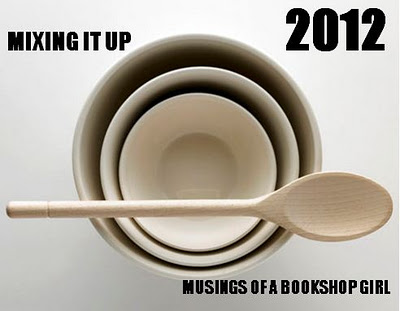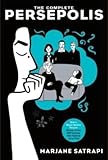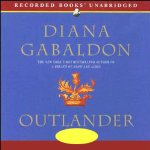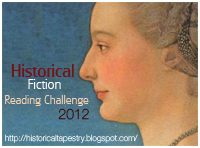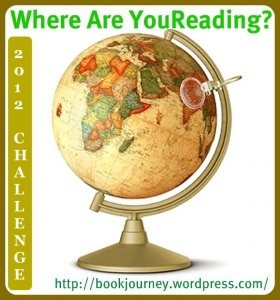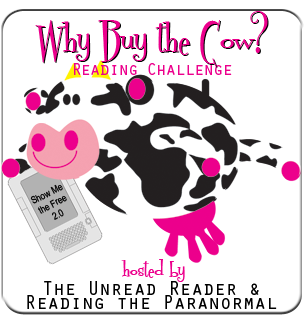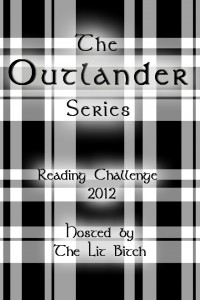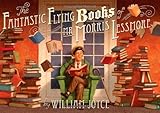 OK, I admit that I did not read this book in the hardcover edition linked to the left. I first encountered the story of [amazon asin=1442457023&text=The Fantastic Flying Books of Mr. Morris Lessmore] in the form of the short film, and then downloaded the iPad app. If you have an iPad, do yourself a favor and download this wonderful multimedia children’s story, especially if you are a book nerd. You’ll love the story. It was written for you.
OK, I admit that I did not read this book in the hardcover edition linked to the left. I first encountered the story of [amazon asin=1442457023&text=The Fantastic Flying Books of Mr. Morris Lessmore] in the form of the short film, and then downloaded the iPad app. If you have an iPad, do yourself a favor and download this wonderful multimedia children’s story, especially if you are a book nerd. You’ll love the story. It was written for you.
The story begins as Mr. Morris Lessmore is writing his story in the French Quarter of New Orleans when he is beset by a hurricane that rips the very words from his pages. Despondent, he doesn’t know where to go or what to do. Suddenly, he sees a beautiful girl being carried by flying books. Noticing Morris’s despair, she sends him her favorite book, and he follows the book to a magical library where he becomes caretaker and lends books to other folks who need them.
This is a fantastic story about the power of reading. The film is perhaps even better than the book, as it tells the story about the importance of words without using any words at all. I love the messages about how we breathe new life into old books and make them live again by reading them, and that they live in us and in turn give us life. The animation in the film is beautiful, and it reminds me of the opening story sequence in the movie Up. The digital storybook on the iPad has a narrator who reads the story, and you can interact with elements on each page. For example, on the page when Morris first enters the library, you can touch the books and hear famous lines from classic literature. You can write on Morris’s book. You can spell out words with the alphabet cereal Morris feeds the books. It’s an amazing immersive experience. My eight-year-old son loved it. We sat down and read it together this afternoon, and of course, it took him only a minute to figure out how to manipulate the book. The book is currently $4.99 in the App Store. If you have an iPad, do yourself a favor and get it.
Rating:




This book counts as my fantasy/sci-fi selection for the Mixing it Up Challenge.

